
There's nothing like a visit to the Bowmore Distillery, on the Scottish Island of Islay, to explore some of the myths about this famous tipple.
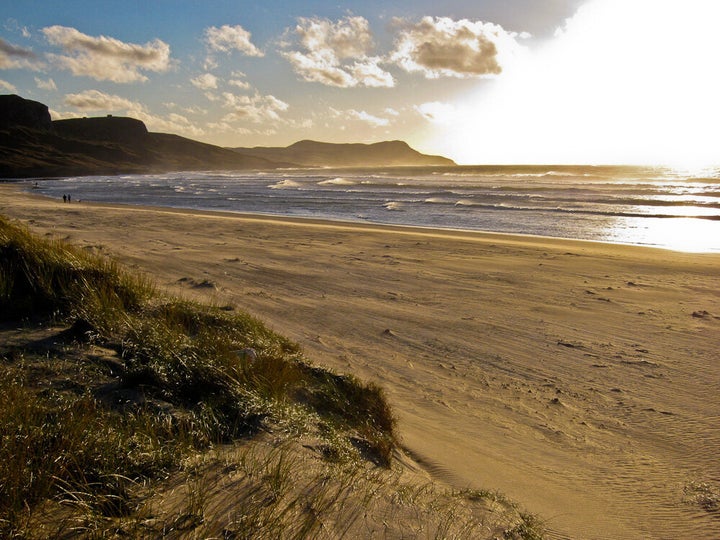
Winds of over 50 mph are buffeting the tiny plane as we try to land on Islay. My stomach's in my mouth, as we're thrown every which way, and I'm hoping the pilot knows what he's doing. The island is the most southerly of the Inner Hebrides, an archipelago off Scotland's West coast. It enjoys a milder climate than the mainland, mainly due to the Gulf Stream, but winter gales constantly sweep in off the Atlantic. I'm caught in the middle of one of these but finally we're down with hardly a bump. The captain shrugs it off as "all in day's work".
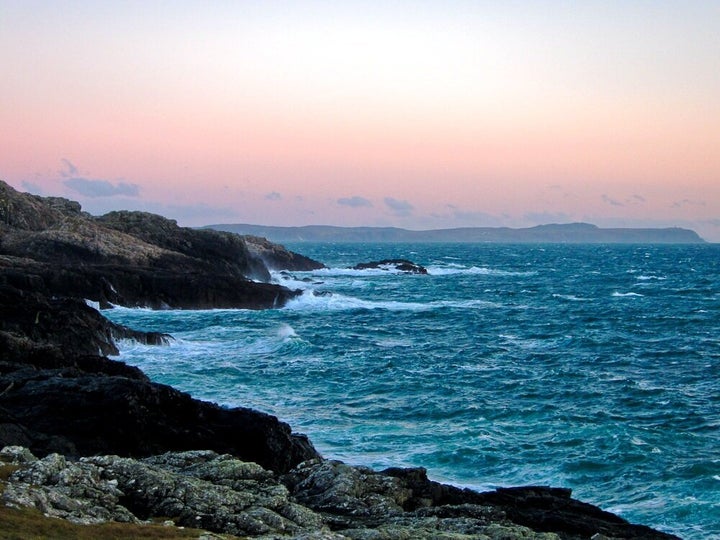
The mild climate made the island particularly suited for growing barley and there are eight distilleries here, down from 23 at the peak. Bowmore was probably founded in 1766, although the first recorded mention is in 1779, and it's one of the oldest in Scotland. The distillery is perched right on the water's edge, something important for the spirit's distinctive taste, but more of that later.
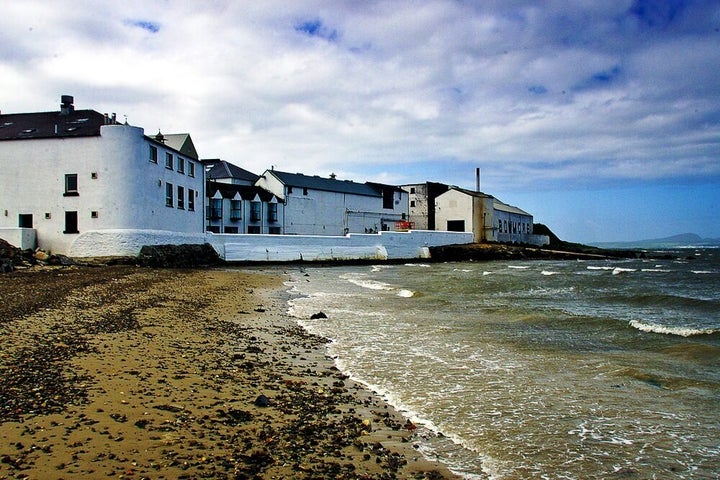
I'm met by Eddie MacAffer, Bowmore's Distillery Manager, who's been here since 1966. He tells me that this is one of the strengths of the operation - people tend to stay, as they like working here, and it means he can ensure a continuation of quality. Another surprise is that the barley doesn't come from Islay but is grown on the Scotland mainland. What makes the difference, however, is their malt barn, one of only five left in the country. The grain is soaked in water, from the adjacent River Laggan, for a couple of days and then spread out over the floor to germinate for a further five days. It's turned by hand every four hours, guaranteed back-ache, but essential to control the temperature and rate of germination.
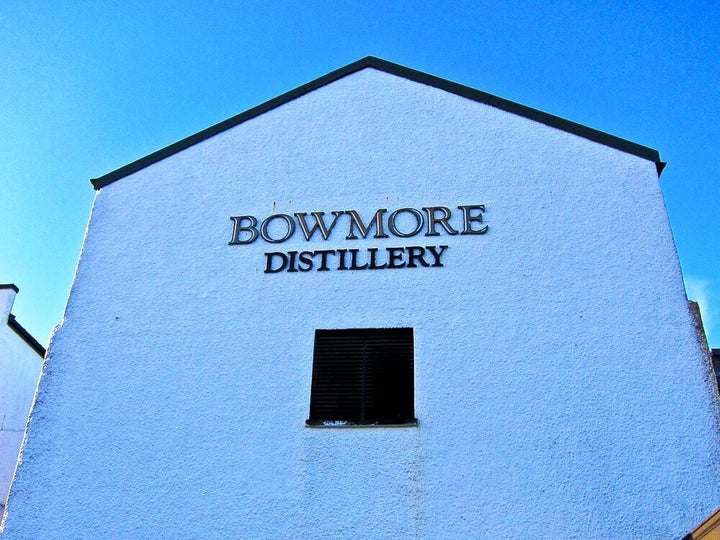
Next the barley has to be dried. Sweet salty Islay Laggan Moss peat is burned for 15 hours on the floor of the malt kiln and the smoke filters up through the germinated barley, laid above. During this process, it gains a distinctive smokiness, something important for the final taste of the whisky. The dry malt is then cracked open and ground before it's transferred to a huge copper-topped vessel known as the "mash tun".

Three lots of hot water, at increasingly higher temperatures, wash the sugars out of the grain and the resulting liquid, the "wort", is transferred to massive pine tubs called "washbacks". Yeast is now added and fermentation begins. The liquid bubbles away as the yeast feeds on the sugar and converts it to alcohol. After 48 hours its work is done and the resulting "wash" is up to 7-8% alcohol.
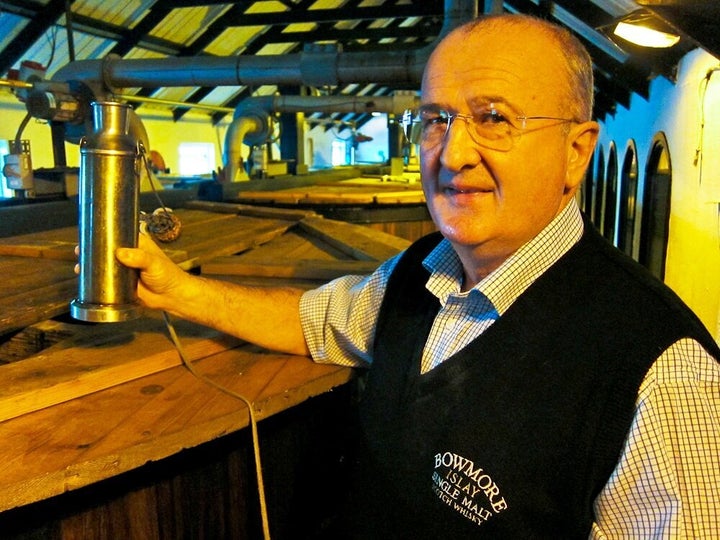
Eddie lets me have a taste and it's not unpleasant, reminiscent of African home-brewed beer, and feels very nutritious. Now the liquid "wash" is heated until it boils and the vapours are captured and cooled before being distilled again in a copper spirit still. The first alcohol that emerges is full of impurities and large quantities of methanol, but it's the next part, called the "middle cut", that's used for the whisky.
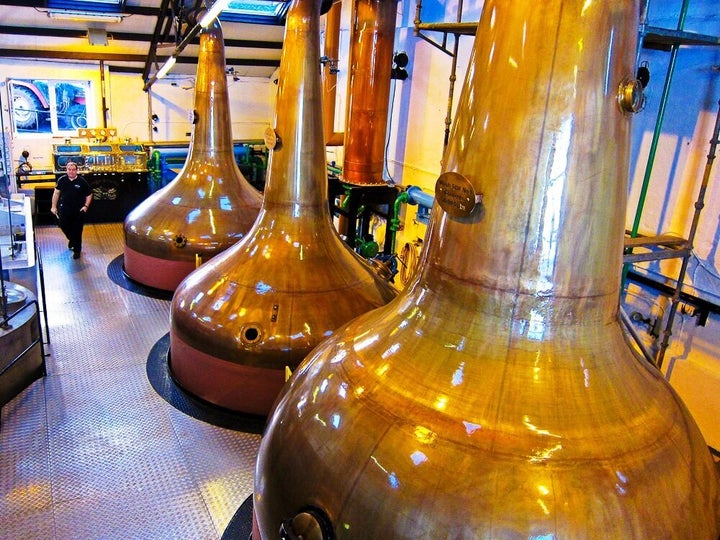
This starts off at about 77% alcohol and diminishes to 63% giving an average strength of around 69%. I'm interested in tasting it and I get peaty flavours with a hint of butterscotch. This "New Made Spirit" is still too strong for filling the casks so it's diluted to 63.5% with normal tap water.
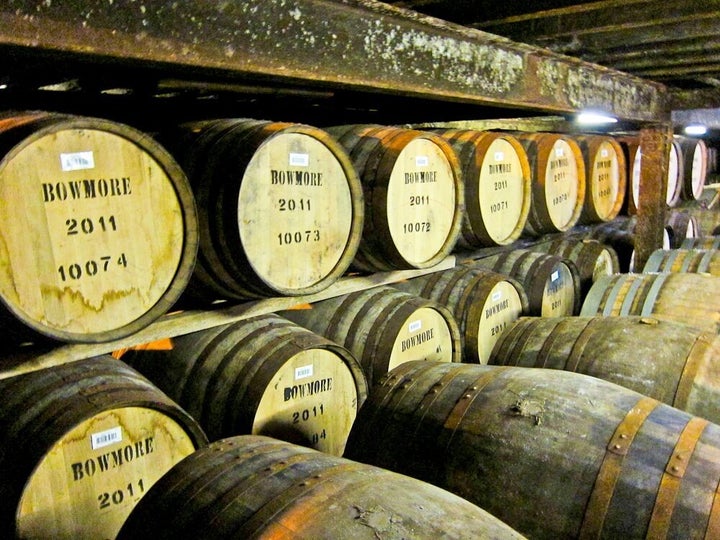
Bowmore's secret weapon is its warehouse, the No.1 Vaults, damp, cold and dark, right by the water, slightly below ground level. The sea air permeates the casks, adding a hint of saltiness to the wood. Maturation can add as much as 70% of flavour to the whisky and these barrels are not new - around 75% are American Oak, and previously held Bourbon, whilst the other 25% are Spanish Oak, formerly used for Sherry.
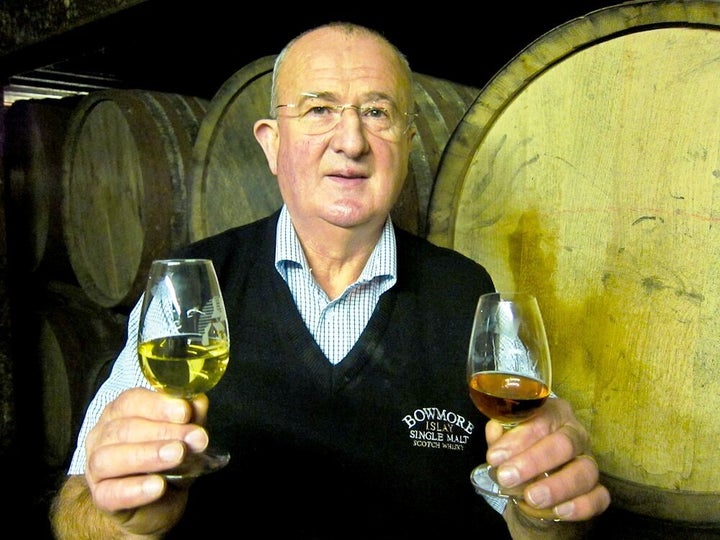
For comparison I'm treated to a tasting straight out of the barrel. First Eddie gives me a 17-year-old Sherry casked whisky, dark and sticky, with notes of fruit cake and toffee. The second has spent 12 years in a Bourbon barrel, is much lighter in colour, and has tropical fruit and vanilla notes. Both are delicious and, amazingly, every mouthful conjures up Islay's peat, salt spray and sea weed.

Now, I've always believed a single malt came from a single cask, but that's where I've been wrong - what happens after these whiskies have been matured for the requisite amount of time is a "marriage". The Bowmore expert blender decides just how much of each to combine in the bottle and that's what we buy. The only way to drink a single cask whisky would be to break into the vaults, which would be illegal, or to go on a guided tour with Eddie. The last I can definitely recommend.
A two-hour Craftsman's tour of Bowmore costs £45. Standard distillery tours, with a dram included, cost £6.
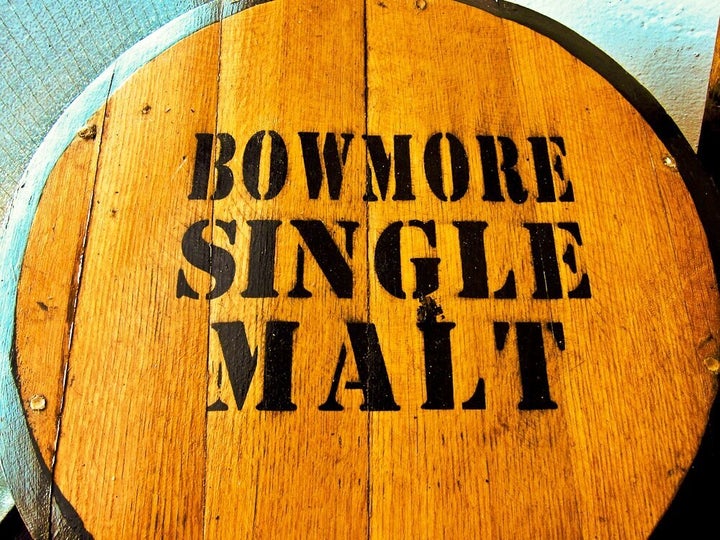
You can stay close to the distillery in the Bowmore Cottages - they're offering a 40% seasonal discount from now until March with the prices starting at £153 for three nights.
Islayrestaurants use local ingredients in their "Modern Scottish" cooking. Try the Bridgend Hotel or the Harbour Inn - they'll even cook up an Islay feast of oysters, langoustines and lamb in your own cottage.
Flybe flies twice daily to Islay for around £130 return.
All pictures copyright Rupert Parker